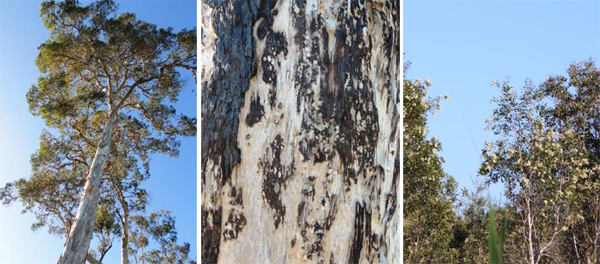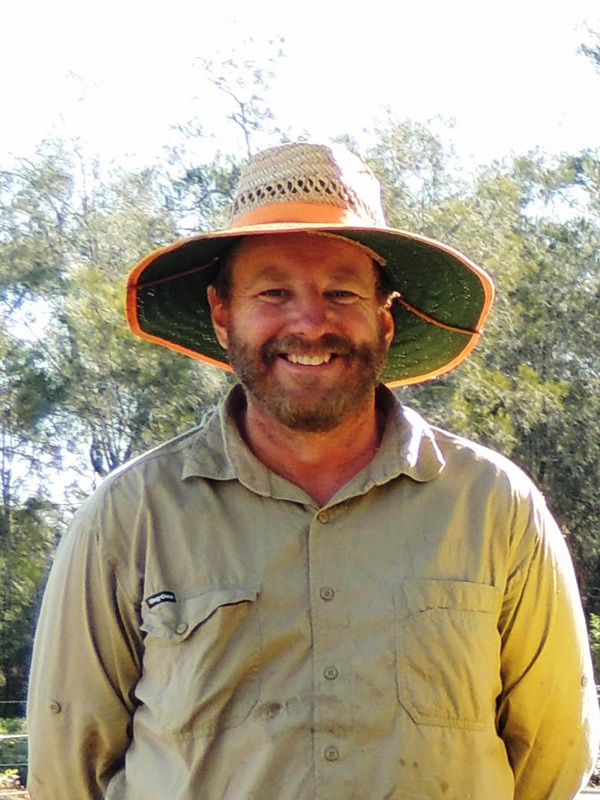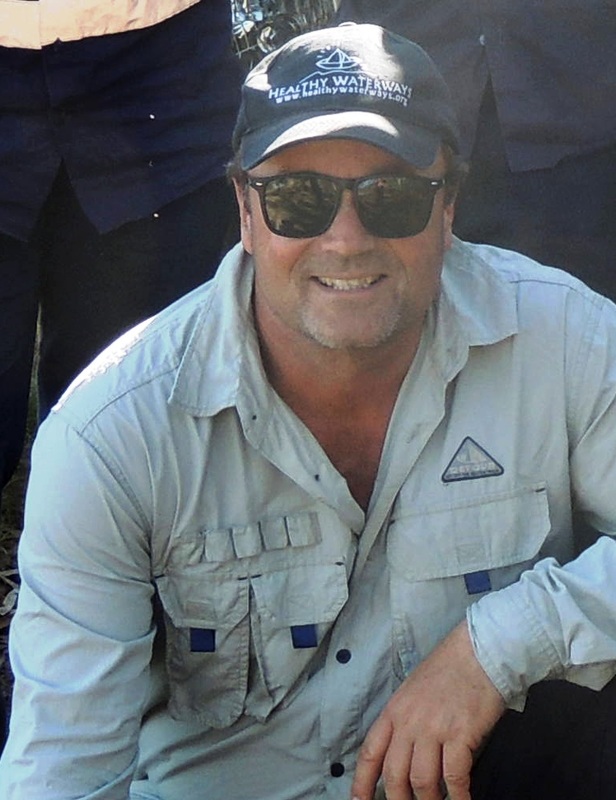Broad Leafed Paperbark
Scientific name: Melaleuca quinquenervia
This is an important wetland tree species and can be found wherever there is a significant potential for waterlogging such as in low lying areas around the fringes of Hays Inlet. The trees provide an important ecological service as they act as a buffer zone and they decrease erosion and filter water before it enters other wetland habitats including saltmarsh and mangroves. They are also important nutrient sinks trapping pollutants before they enter the wetland and coastal waters of Moreton Bay.
The tree is characterised by a thick white and flaky bark which provides protection from water loss and fire. These trees provide habitat for many species and they flower profusely in the spring and autumn months providing an important food source for nectar feeders including Honeyeaters, Lorikeets, Flying Foxes, Possums and Gliders as well as a significant number of insects including butterflies. The trees also provide habitat for many species of amphibians, birds and reptiles including the lace monitor.
Scientific name: Melaleuca quinquenervia
This is an important wetland tree species and can be found wherever there is a significant potential for waterlogging such as in low lying areas around the fringes of Hays Inlet. The trees provide an important ecological service as they act as a buffer zone and they decrease erosion and filter water before it enters other wetland habitats including saltmarsh and mangroves. They are also important nutrient sinks trapping pollutants before they enter the wetland and coastal waters of Moreton Bay.
The tree is characterised by a thick white and flaky bark which provides protection from water loss and fire. These trees provide habitat for many species and they flower profusely in the spring and autumn months providing an important food source for nectar feeders including Honeyeaters, Lorikeets, Flying Foxes, Possums and Gliders as well as a significant number of insects including butterflies. The trees also provide habitat for many species of amphibians, birds and reptiles including the lace monitor.
At the time of European settlement there were significant areas of Melaleuca wetlands on the Redcliffe Peninsula, but over the past 200 years the majority of these wetlands have been filled and developed. The current conservation status of Melaleuca habitat is listed as “of concern” due to coastal development.
The first stage of the Hays Inlet Green Army Project is rehabilitating an important Melaleuca Forest wetland located adjacent to the Frawley Fields at Clontarf. The major goal of this activity is to remove the masses of weeds associated with the understory. These weeds including the Molasses Grass (scientific name Melinis minutiflora) prevent the Melaleuca saplings from developing as the grass smothers the ground and cuts out all of the light required for plant growth. Unlike native vegetation and grasses, the grass burns at a high temperature which can decimate stands of mature Melaleuca.
The first stage of the Hays Inlet Green Army Project is rehabilitating an important Melaleuca Forest wetland located adjacent to the Frawley Fields at Clontarf. The major goal of this activity is to remove the masses of weeds associated with the understory. These weeds including the Molasses Grass (scientific name Melinis minutiflora) prevent the Melaleuca saplings from developing as the grass smothers the ground and cuts out all of the light required for plant growth. Unlike native vegetation and grasses, the grass burns at a high temperature which can decimate stands of mature Melaleuca.
The Green Army team are removing the serious weeds and will mulch the area and plant more Melaleuca propagules. The team and REF Inc are being assisted by the students from Deception Bay State High School. They have been propagating the saplings from seeds indigenous to the area. This community project will not only improve the biodiversity of the area and reduce the impact of fire, but will also trap nutrients and improve the quality of water entering Hays Inlet and our precious Moreton Bay.
There’s no doubt the Broad Leafed Paperbark is an important species to the coastal areas of the Moreton Bay Region and the remaining coastal wetlands around the Redcliffe Peninsula.
There’s no doubt the Broad Leafed Paperbark is an important species to the coastal areas of the Moreton Bay Region and the remaining coastal wetlands around the Redcliffe Peninsula.





 RSS Feed
RSS Feed
